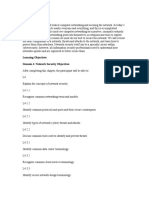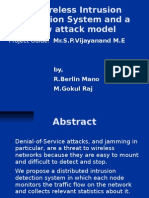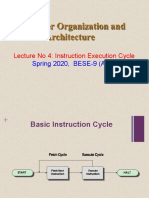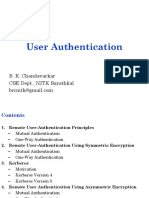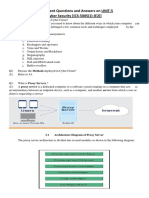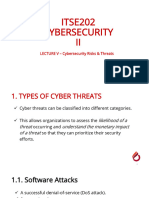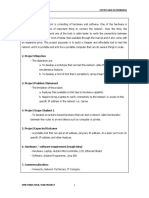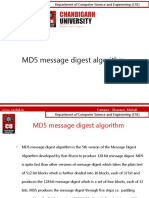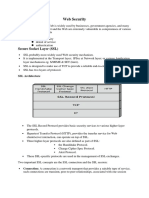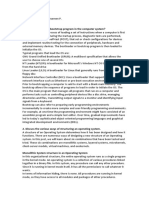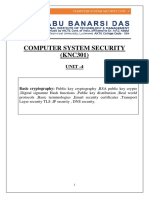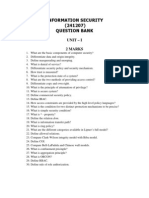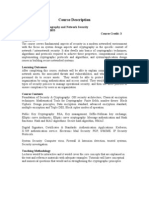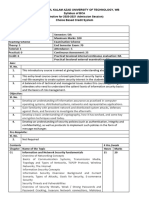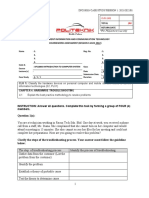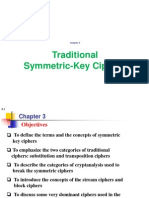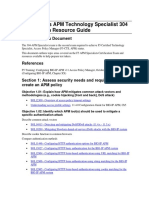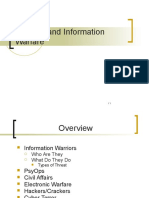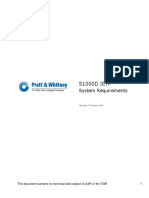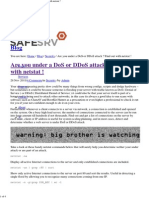0% found this document useful (0 votes)
571 views11 pagesCyber Security Fundamentals Notes
Cyber security involves three main concepts - confidentiality, integrity, and availability of information. To achieve this, organizations implement security controls to prevent unauthorized access, modification, or loss of access. These controls can be preventive, such as encryption, or reactive, such as intrusion detection systems. Regular security audits help evaluate the effectiveness of these controls and identify any vulnerabilities.
Uploaded by
Shaikh Muhammad SulaimanCopyright
© © All Rights Reserved
We take content rights seriously. If you suspect this is your content, claim it here.
Available Formats
Download as PDF, TXT or read online on Scribd
0% found this document useful (0 votes)
571 views11 pagesCyber Security Fundamentals Notes
Cyber security involves three main concepts - confidentiality, integrity, and availability of information. To achieve this, organizations implement security controls to prevent unauthorized access, modification, or loss of access. These controls can be preventive, such as encryption, or reactive, such as intrusion detection systems. Regular security audits help evaluate the effectiveness of these controls and identify any vulnerabilities.
Uploaded by
Shaikh Muhammad SulaimanCopyright
© © All Rights Reserved
We take content rights seriously. If you suspect this is your content, claim it here.
Available Formats
Download as PDF, TXT or read online on Scribd
/ 11

